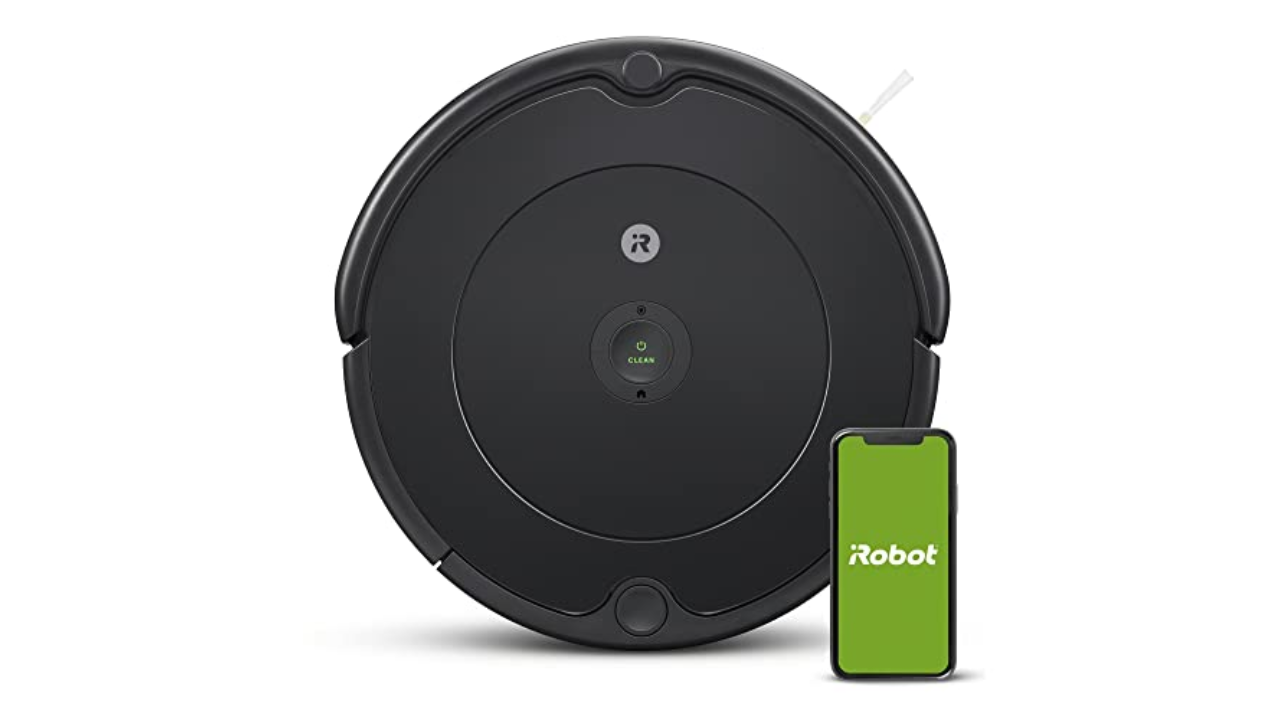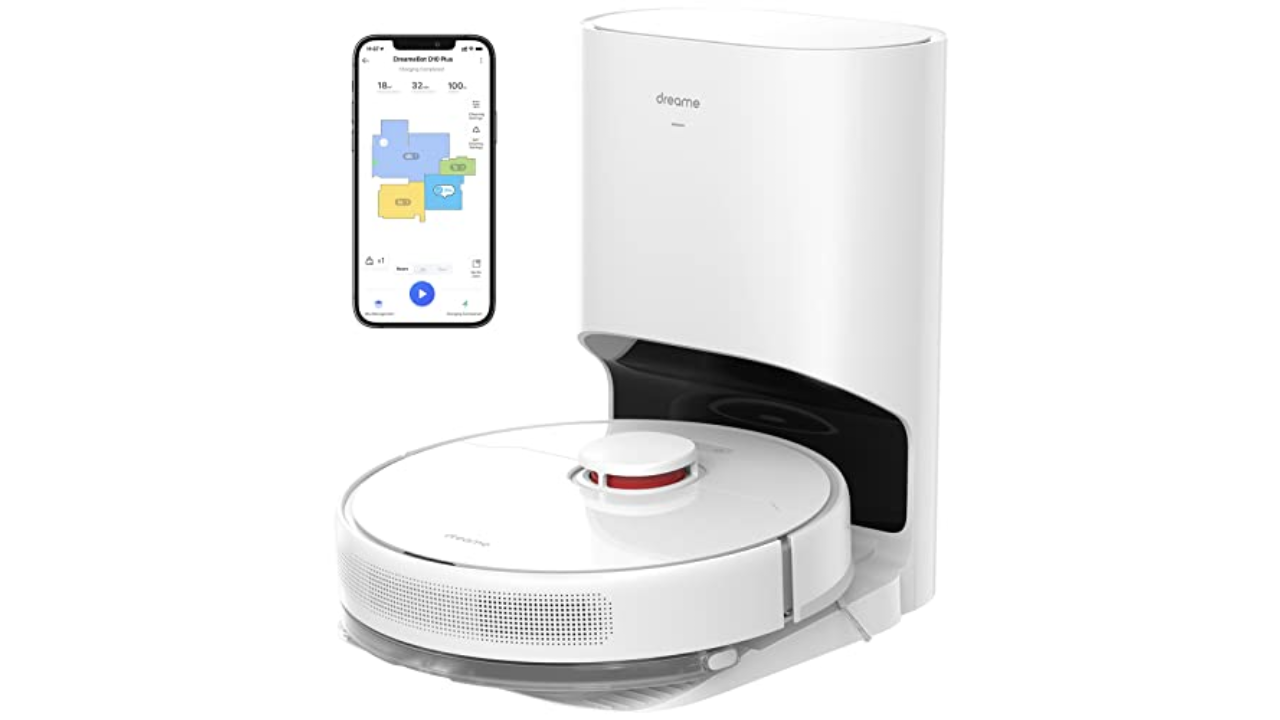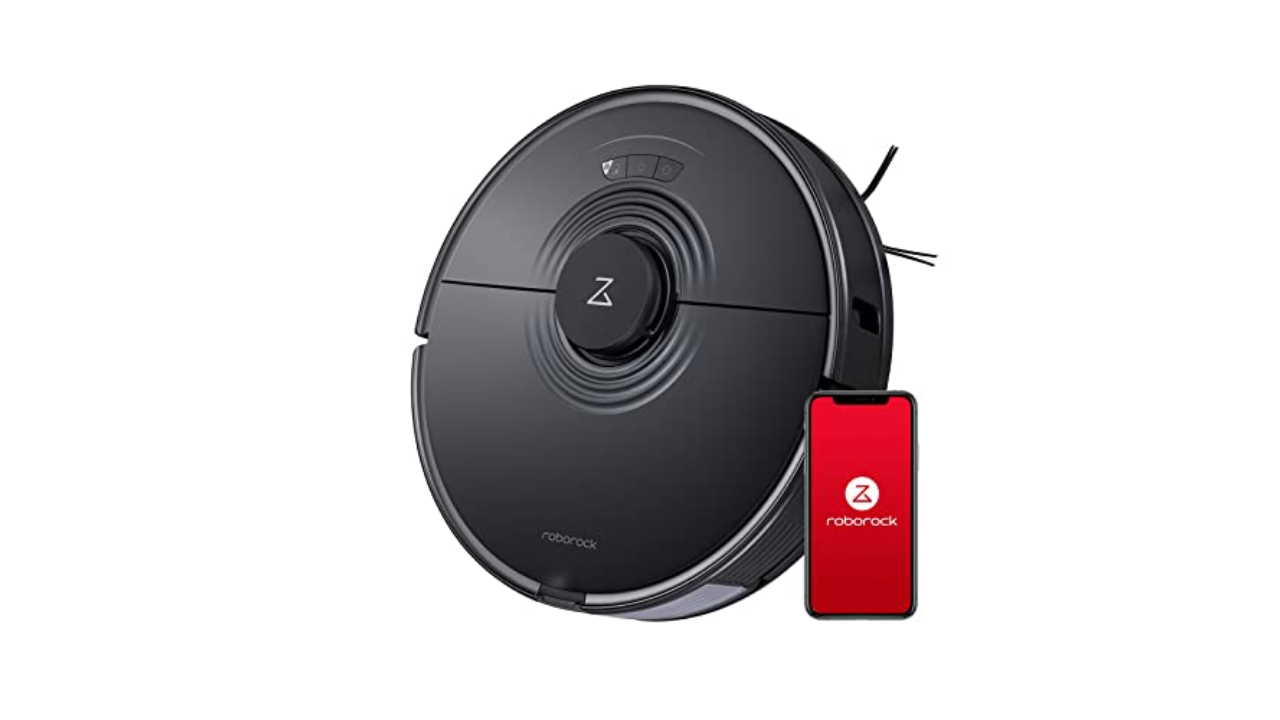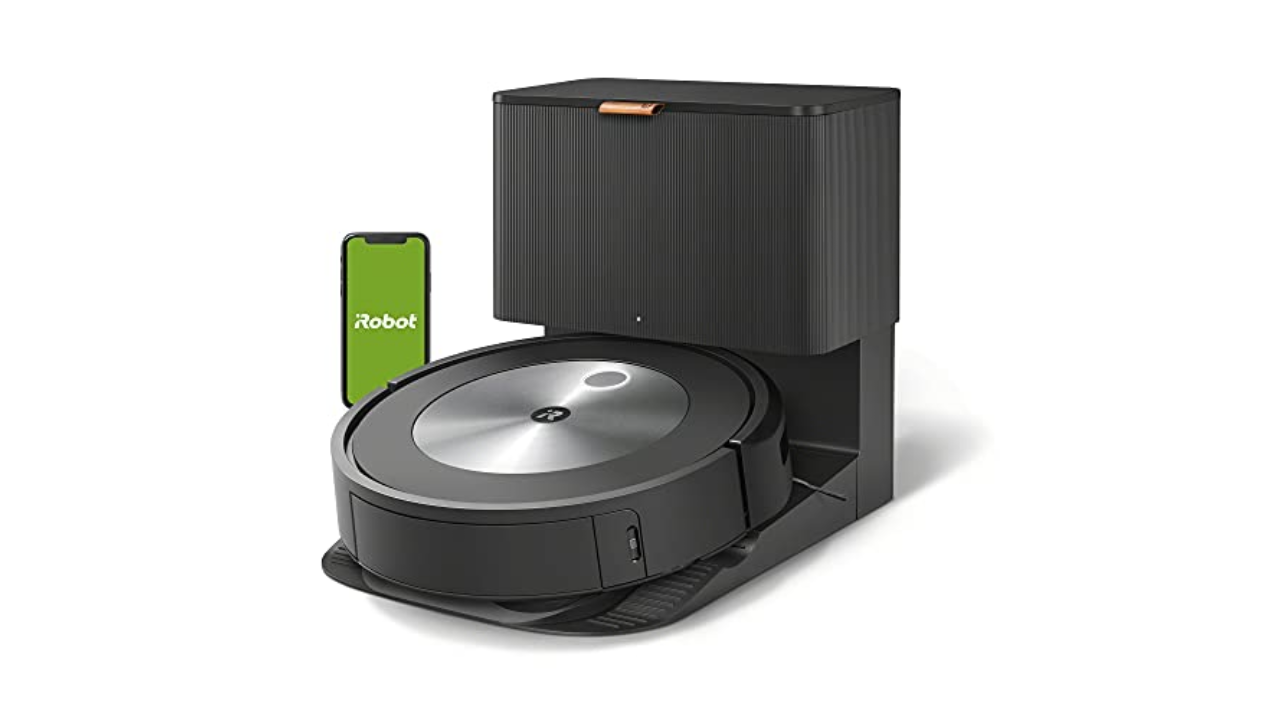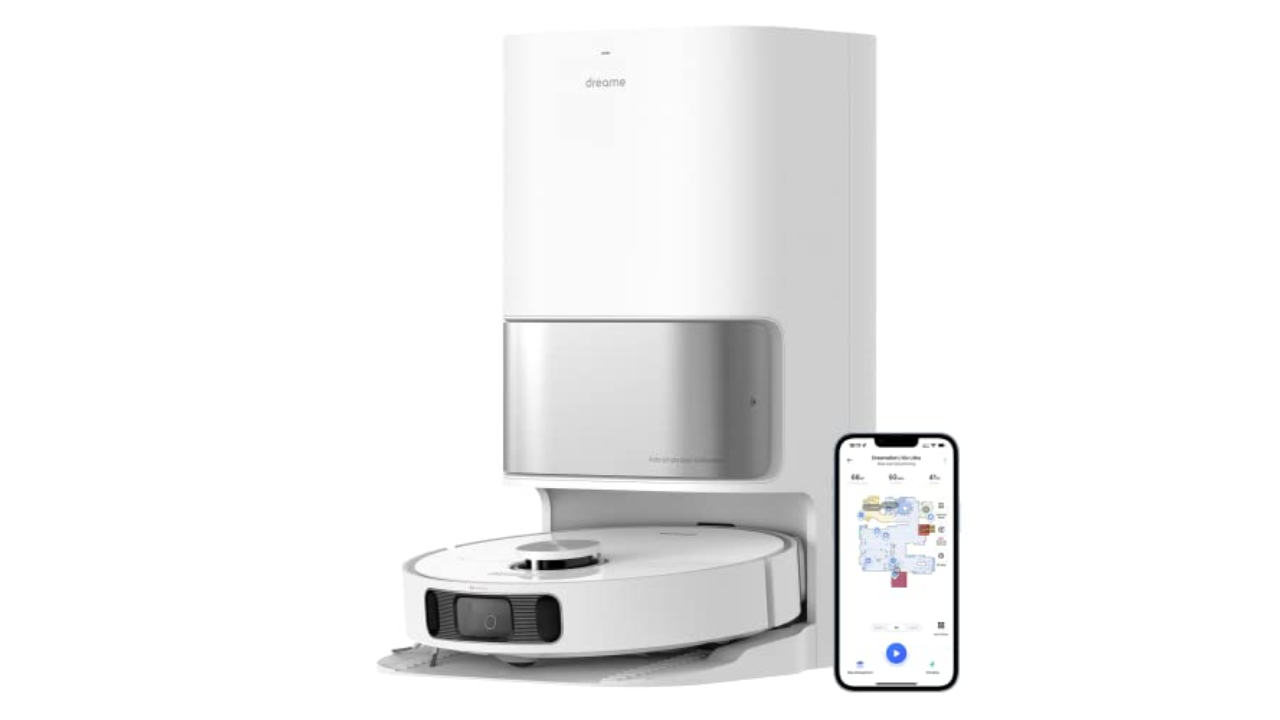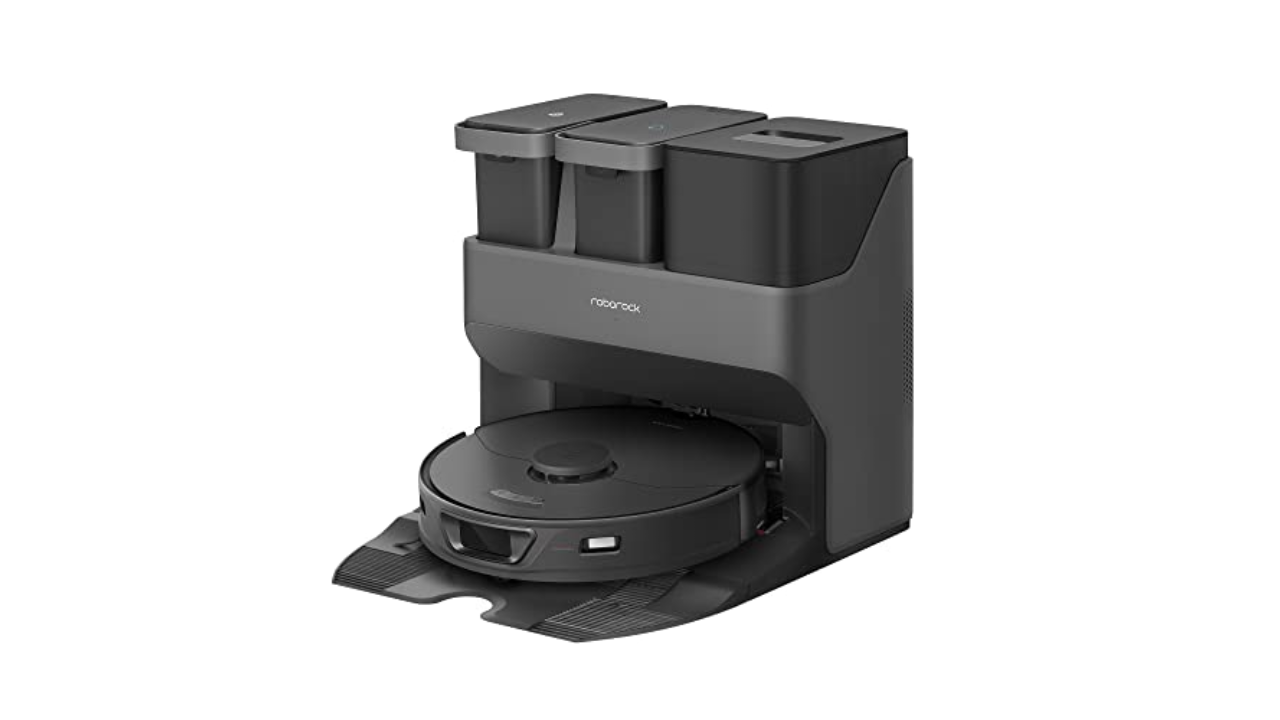The best robot vacuums to keep your house clean in 2024
Unlike your teenagers, these housecleaners won't talk back.
You've heard the old expression, "It's a dirty job, but somebody has to do it." If the job in question is vacuuming or mopping, guess what: Nobody has to do it! Not if you put a robot to work on those floor chores. Robot vacuums have improved considerably in recent years, offering more suction, smarter navigation and even mopping features. Many can empty their own dustbins, too. (It's a short step between that and a complete robot uprising, but I'm willing to risk it if it means I can stay on the couch longer.) These things range in price from around $200 all the way to a jaw-dropping $1,500. Will a cheap one get the job done? Are the fancier features worth the extra money? Here's the rundown on the best robot vacuums you can buy right now.
iRobot Roomba 694 Robot Vacuum
Dreametech D10 Plus Robot Vacuum and Mop with Self-Emptying Base
Roborock S7 Robot Vacuum and Mop
iRobot Roomba j7+ Self-Emptying Robot Vacuum
Dreametech L10s Ultra Robot Vacuum and Mop Combo
Roborock S7 MaxV Ultra Robot Vacuum and Sonic Mop
If you tried one of these years ago and came away disappointed, I don't blame you. Early smart vacs were actually pretty dumb, able to navigate floors only by bumping into anything and everything. Getting caught on power cords and curtains was the norm. They lacked any smart-home connectivity to speak of, and they barely had enough power to suck up a Cheerio.
Newer models rely on LiDAR-powered guidance systems and app-based mapping. They can respond to Amazon Alexa and Google Assistant voice controls ("Alexa, tell the robot to mop the kitchen floor!"). And they're much smarter, in some cases able to detect extra-dirty areas in specific rooms and focus more attention on them. A couple models can even spot pet-related oopsies and steer clear.
What remains, then, is to decide which features matter most (see below for the important ones to consider) and how much you're willing to spend. Even at the lower end of the price spectrum, you'll find surprisingly capable robot vacuum cleaners. Best of all, they're more cooperative than the surly teenager you can't get to pick up a shirt, let alone clean the rug.
Read more:
Navigation technology: Bump-and-go | Suction rating: Not specified | Smart features: Alexa/Google Assistant, scheduling, location-aware cleaning | Does it mop: No | Rated battery life: 90 minutes
Ideal for smaller dwellings — and budgets — the Roomba 694 is a solid sucker for carpets and hard floors. It's fairly basic, with no mopping capability or self-emptying bin, and it relies on "bump-and-run" technology for navigation instead of the more sophisticated LiDAR mapping. The advantage there is a lower profile, meaning it should have an easier time squeezing under furniture. The downside is you can't set up no-go zones, so be prepared to give this robot free reign. iRobot's app lets you pick a cleaning schedule and link the device to your voice assistant of choice. Just make sure to wait for a sale; this affordable robot vacuum lists for $275 but routinely drops to $179.
- Low price
- Low profile, fits under most furniture
- Can automatically start cleaning when you leave home (and stop when you return)
- Small dustbin requires frequent emptying
- Doesn't support no-go zones
Navigation technology: LiDAR | Suction rating: 4000 Pa | Smart features: Alexa/Google Assistant, scheduling, no-go zones | Does it mop: Yes | Rated battery life: 180 minutes
The D10 Plus ticks just about every important box, offering one of the highest suction ratings (4,000Pa) of any vac I've tried along with a self-emptying bin and optional mopping capabilities. (It's also one of surprisingly few models available in white.) I tested this at my sister's home, where she has a large main-floor level that's mostly hardwood, but with a rug here and there. One initial gripe: The setup process is slow and laborious, with a few confusing steps along the way (in Dreametech's app).
The good news is that once everything was configured, the D10 Plus worked for the first time like a champ. Dubbed "Rosie" (in honor of The Jetsons) by my sister, it completed the entire floor in one cleaning run without needing to recharge and without ever needing a rescue. My often-barefooted brother-in-law noticed a "significant improvement" to the floor's overall cleanliness. Their final verdict: "A++ winner!" The D10 Plus normally sells for $400, but sales often drop as low as $300. At that price, I'd have to rank this as one of the best robot-vac values on the market.
- Bargain price (especially when on sale)
- Long battery life
- Good at avoiding obstacles
- Lengthy, confusing setup process
- Mop is a pad only, doesn't rotate or scrub
Navigation technology: LiDAR | Suction rating: 2500 Pa | Smart features: Alexa/Google Assistant, scheduling, no-go zones | Does it mop: Yes | Rated battery life: 180 minutes
The Roborock S7 was among the first vacuums to solve a problem: sweeping and mopping in one, er, sweep. It intelligently detects whether it's on carpet or hardwood floor and raises or lowers the mop pad accordingly. And when it's done mopping, the pad similarly retracts so it doesn't drag dirt around on its way back to the docking station. Smart!
Granted, the S7 doesn't match the suction power of the Dreametech D10 Plus, nor does it have auto-emptying capabilities. This is despite selling at a higher price (though watch for sales; it sometimes dips as low as $400). I'm including it here because it's the vac I used on my floors for most of 2022, and it proved admirably reliable and effective.
- Auto-raising mop pad
- Roborock app is one of the easiest to use
- Doesn't auto-empty
- Suction is on the lower side
Navigation technology: Camera | Suction rating: Not specified | Smart features: Alexa/Google Assistant, scheduling, no-go zones, pet-waste detection | Does it mop: No | Rated battery life: 75 minutes
Got pets? Consider this extra-smart Roomba, which can navigate its way around unexpected pet messes (to say nothing of cords and curtains). A robovac that can't do this has the potential to roll over an accident and then smear it across your floor or rug — to say nothing of gunk up the vacuum, possibly beyond repair. (Gross, I know.) iRobot even backs this with a Pet Owner Official Promise (or "POOP," LOL): The company will replace the vac if it fails to, er, bypass the pet waste.
The front-mounted camera that gives the J7+ its pet smarts also affords robust obstacle-avoidance: Out of the box, it can already avoid common hindrances, but as it navigates your home, it'll snap photos of objects and later ask you to review them. Anything that's a permanent obstacle, you can mark as such, and you can also designate Keep-Out Zones for specific areas it should avoid altogether.
Although the J7+ doesn't mop, it does automatically empty its dustbin into an allergen-proof bag located in the charging dock. And it employs two rubber-brush rollers underneath instead of just one, the idea being to better agitate — and then clean up — floor debris and pet hair. According to iRobot, only Roombas have that second roller.
- Excellent obstacle-avoidance, including pet waste
- Superb companion app
- Dual rubber-brush rollers avoid pet-hair tangles
- Doesn't mop
- Expensive (unless you catch it on sale)
Navigation technology: LiDAR/camera | Suction rating: 5300 Pa | Smart features: Alexa/Google Assistant, scheduling, no-go zones, carpet detection | Does it mop: Yes | Rated battery life: 210 minutes
A new addition to this roundup and quite possibly my new favorite, the L10s Ultra is the rare robo that's just as adept at mopping as it is at vacuuming. That's because it relies on a pair of spinning side brushes rather than a wet pad that gets dragged around. Those brushes raise up and out of the way when the robot hits carpet, then they get cleaned and dried when it returns to the dock. (Note that the drying process is fairly quiet, but it does make some noise and often lasts upwards of an hour.)
Meanwhile the dock contains not only a dustbin and clean and dirty water tanks, but also a cleaning solution to actually, you know, clean the floors. I've been using this in my home for the past couple months and have found it to be excellent overall: kitchen-friendly design, strong obstacle-detection, impressive all-around cleaning. My only gripe is with the app, which is confusing in places and a little weak when it comes to mapping.
Even so, with a price tag that's $400 below my previous favorite, the Roborock S7 MaxV Ultra, the L10S Ultra definitely belongs on your short list.
- Excellent battery life
- Very good at avoiding obstacles
- Auto-lifting mop
- Self-cleaning dustbin and mop pads
- Mop pads don't life high enough for thicker carpets
Navigation technology: LiDAR, camera | Suction rating: 5500 Pa | Smart features: Alexa/Google Assistant, scheduling, no-go zones | Does it mop: Yes | Rated battery life: 180 minutes
If there's such a thing as the Rolls Royce of robot vacuums, the S7 MaxV Ultra is it; Roborock's machine sells for a hefty $1,400. Why? It's not only a self-emptying vacuum, but also a mop that can wash its own pad and empty its own water tank. Plus it has camera-powered obstacle avoidance (like the Roomba J7+) and a virtually unparalleled 5,100Pa suction rating. It takes a lot of space, though, standing about 16 inches high and extending a good 20 inches from the wall.
Granted, the garage-style dock houses a clean-water tank, dirty-water tank and dustbin. The MaxV Ultra really does combine all the best elements and ease of use of other vacs. It's powerful, versatile and rarely needs your involvement. Even if you were to run it daily, you wouldn't need to empty or refill its water tanks for about a week.
- Auto-raising mop pad
- Auto-emptying dustbin and auto mop cleaning
- Mop pad scrubs and applies pressure
- Expensive
Robot vacuum FAQs
Do robot vacuums go over rugs and thick carpet?
They absolutely do, and usually without a problem. However, if your vacuum is also a mop, it's possible that wet mop pads will drag over the carpet, especially if it's high-pile. While many modern robo-vacs can automatically raise their mops when carpet is detected, in my experience they don't go high enough. The DreameBot L20 offers a potential solution to this problem — it can automatically detach its mop pads before heading out — but it's not smart enough to mop hard floors first, go back to the dock, drop its mop, then head back out. (You have to configure it manually if you want to do that.)
Where is the best place to put a robot vacuum?
I'm not sure there's a "best" place, but ideally the dock should live somewhere out of the way, the better to preserve your decor and avoid tripping over it. For example, I have ours parked in our laundry room next to the washing machine; I just have to make sure the door stays open so the robot can roll out to the rest of the house. I also recommend placing the dock on a hard floor instead of carpet, if possible, especially if there's a mop involved.
Can a robot vacuum clean a whole house?
Absolutely, though with a few caveats. First, if you have a large dwelling, it may need to return to the dock to recharge before whole-house cleaning is complete. Second, these things obviously can't climb stairs (yet), so if your home has more than one floor, you'll have to manually move the robot up or down.
Other robot vacuums we're evaluating
This roundup is a work in progress, as we've tested some of the above models but not all of them. In the near future, we'll update it to include hands-on testing and more thorough reviews. On tap for future coverage:
Factors to consider when choosing a robot vacuum
Good news: Even inexpensive vacs do a pretty good job sweeping floors, and many of them now offer what was previously a premium feature: a self-emptying bin, a nice time-saver. Without it, you need to manually dump the debris after every cleaning or two. With it, you can often go a month or more before emptying.
Don't focus too heavily on the suction rating (expressed as "Pa," short for "Pascals"). Although a higher number translates to greater cleaning power, it doesn't necessarily mean "better at cleaning," as there are other variables at work as well. iRobot, makers of the famed Roomba robots, doesn't even specify a Pa number for its products. That said, I'd look for a minimum of 2,000Pa, which should be enough to suck up Cheerios (arguably the most important measure of vacuum acumen).
What else should you look for? These are some key features to consider when evaluating robo-vacs:
App-based mapping and scheduling: Once upon a time, you had to deploy special sensors or even strips of magnetic tape if you wanted to keep your vac out of certain spaces. Modern models will use smart mapping to scan your entire space, label individual rooms and allow you to create virtual "no-go" zones. (For example, my desk chair sits on a plastic mat that's curled up at the edges, so I've established a small zone to keep the vac away from it.) Mapping capabilities happen in a companion app, which also allows for scheduling, spot-cleaning, smart-assistant integration and much more.
Self-cleaning mop dock: I already mentioned the self-emptying dustbin, which is great, but if you're interested in a vac that can mop as well, consider spending extra on a self-cleaning robot mop dock. Without this, you'll have to manually add water and remove/clean the mop pad on a regular basis — not fun.
Auto-rising mop pad: Speaking of mop pads, you don't want a wet one dragging across the carpet, do you? Look for a vac with an auto-rising pad, one that will lift up when sensors detect carpet. (If you have medium- or high-pile carpet, though, it may not raise high enough.)
Smart obstacle-avoidance: Got pets? Cords? Curtains? Kids? Newer, smarter vacs can avoid toys, socks, pet accidents and other items that would trip up other models. Take note that this feature typically relies on a camera, one that may be able to stream a live feed to your phone through your WiFi. It's also a potential security risk, something to consider if you think hackers are interested in what's on your floor.
Battery life: Ideally, any robot vacuum should be able to sweep your entire floor in one cleaning session without needing to recharge along the way. But this depends on the size of your home (or, at least, the size of the selected cleaning area), the size of the included battery and the overall power of the vac. (The higher the Pa, the higher the battery demand.) How much runtime is required to completely clean your house? Hard to say, but take note that most robot vacs have a rated runtime of anywhere from 90-210 minutes. If you live in apartment, a shorter time may be fine. If it's a big place, consider a longer-lasting battery.






